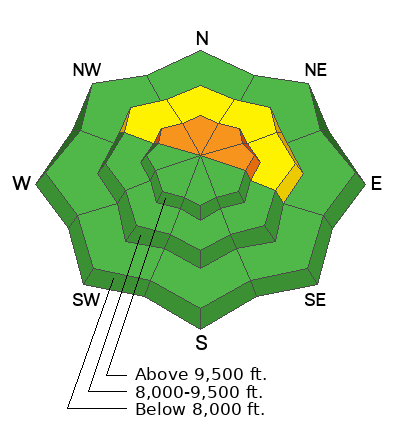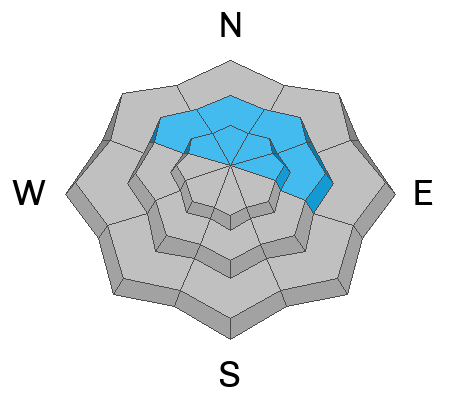Forecast for the Provo Area Mountains

Issued by Trent Meisenheimer on
Thursday morning, December 26, 2024
Thursday morning, December 26, 2024
This morning, we have a MODERATE avalanche danger that will rise to CONSIDERABLE across upper elevation slopes facing northwest, north, northeast, and east, where it will become likely to trigger an avalanche 1-3 feet deep, failing on a persistent weak layer of faceted snow.
There is also a MODERATE avalanche danger on mid-elevation slopes facing northwest through east for triggering an avalanche 1-3 feet deep that fails on a persistent weak layer of faceted snow.
There is also a MODERATE avalanche danger on mid-elevation slopes facing northwest through east for triggering an avalanche 1-3 feet deep that fails on a persistent weak layer of faceted snow.
With strong wind and heavy snowfall, the avalanche danger will rise over the next 24 to 48 hours.

Low
Moderate
Considerable
High
Extreme
Learn how to read the forecast here








